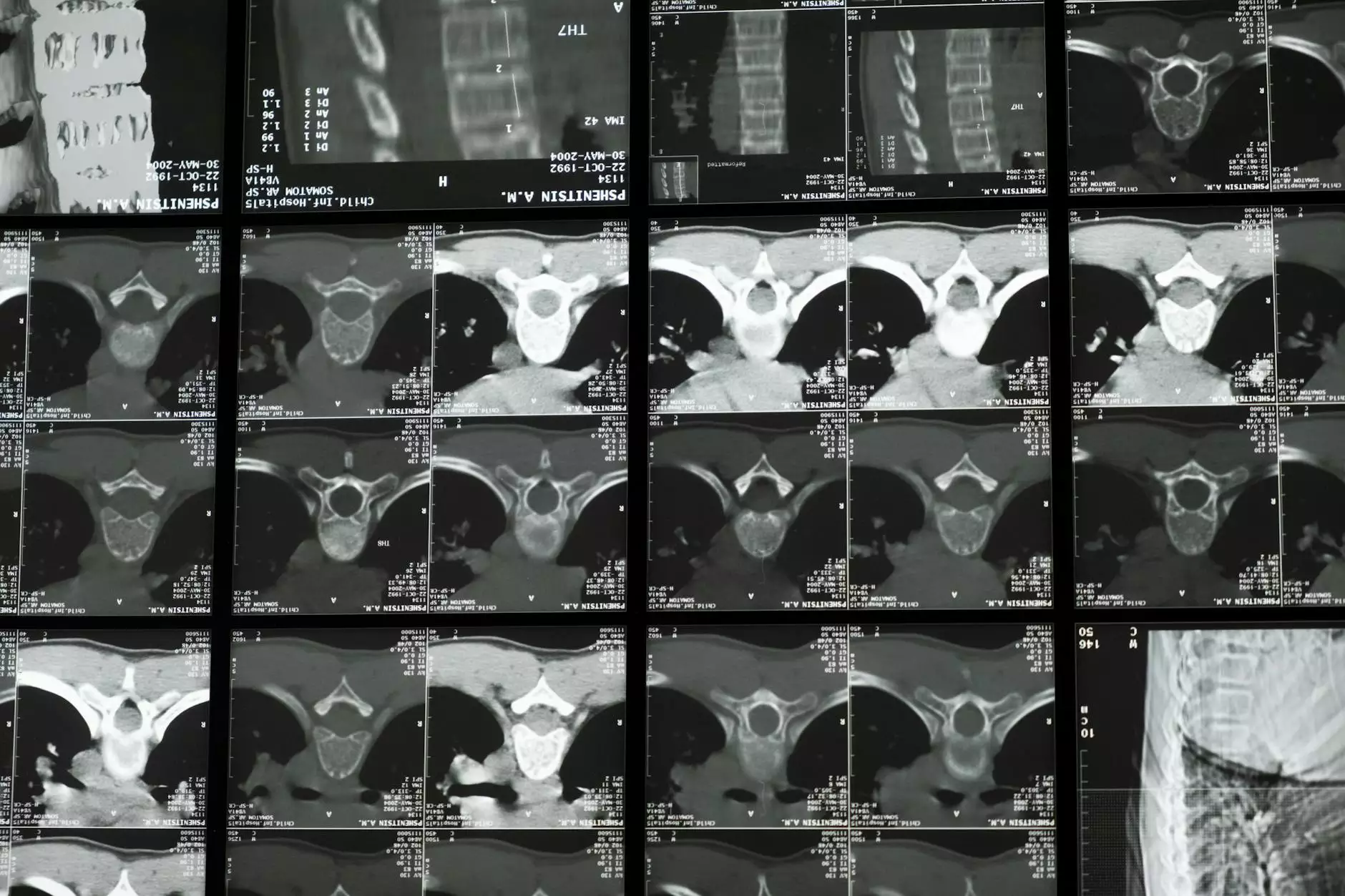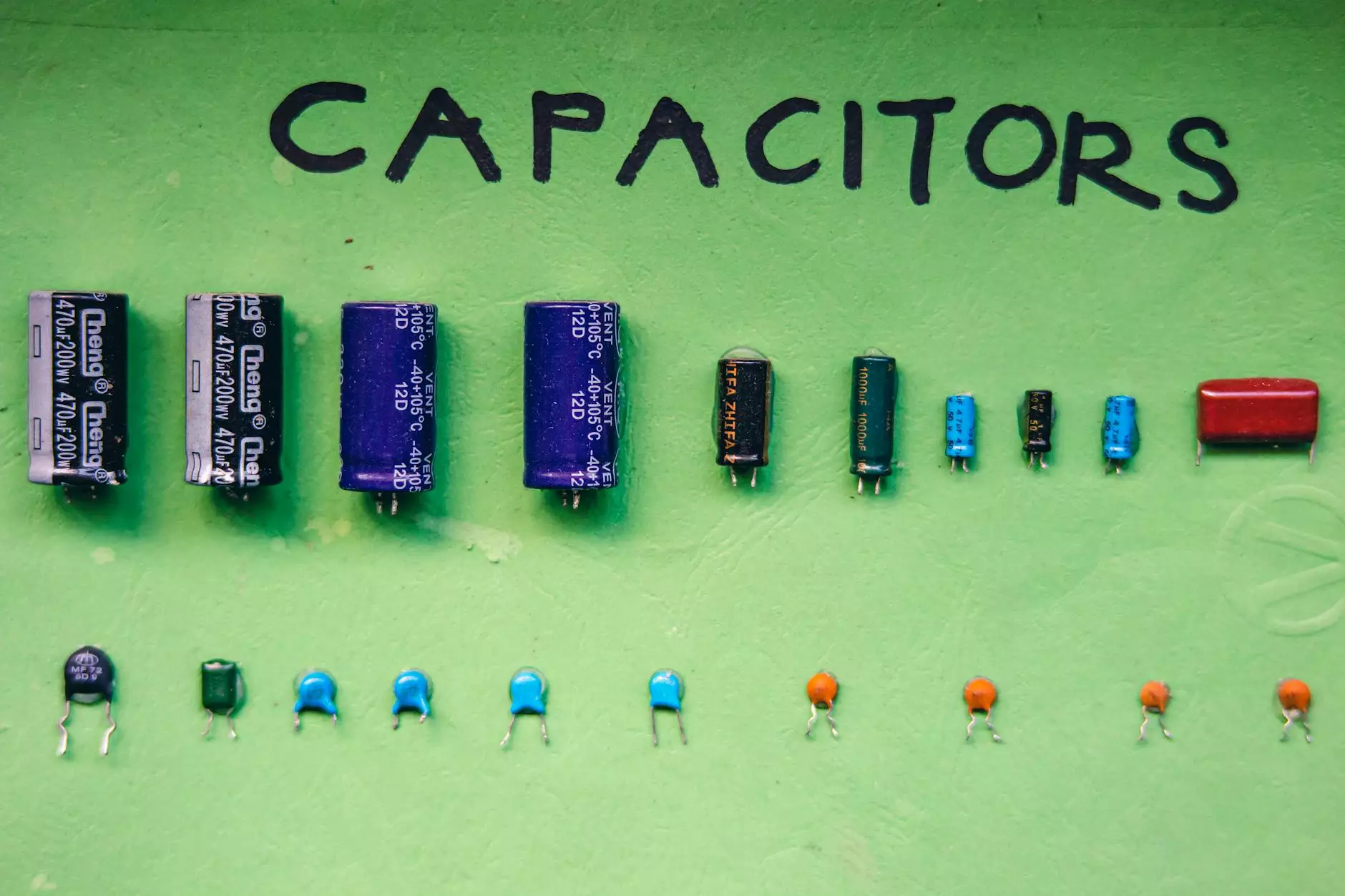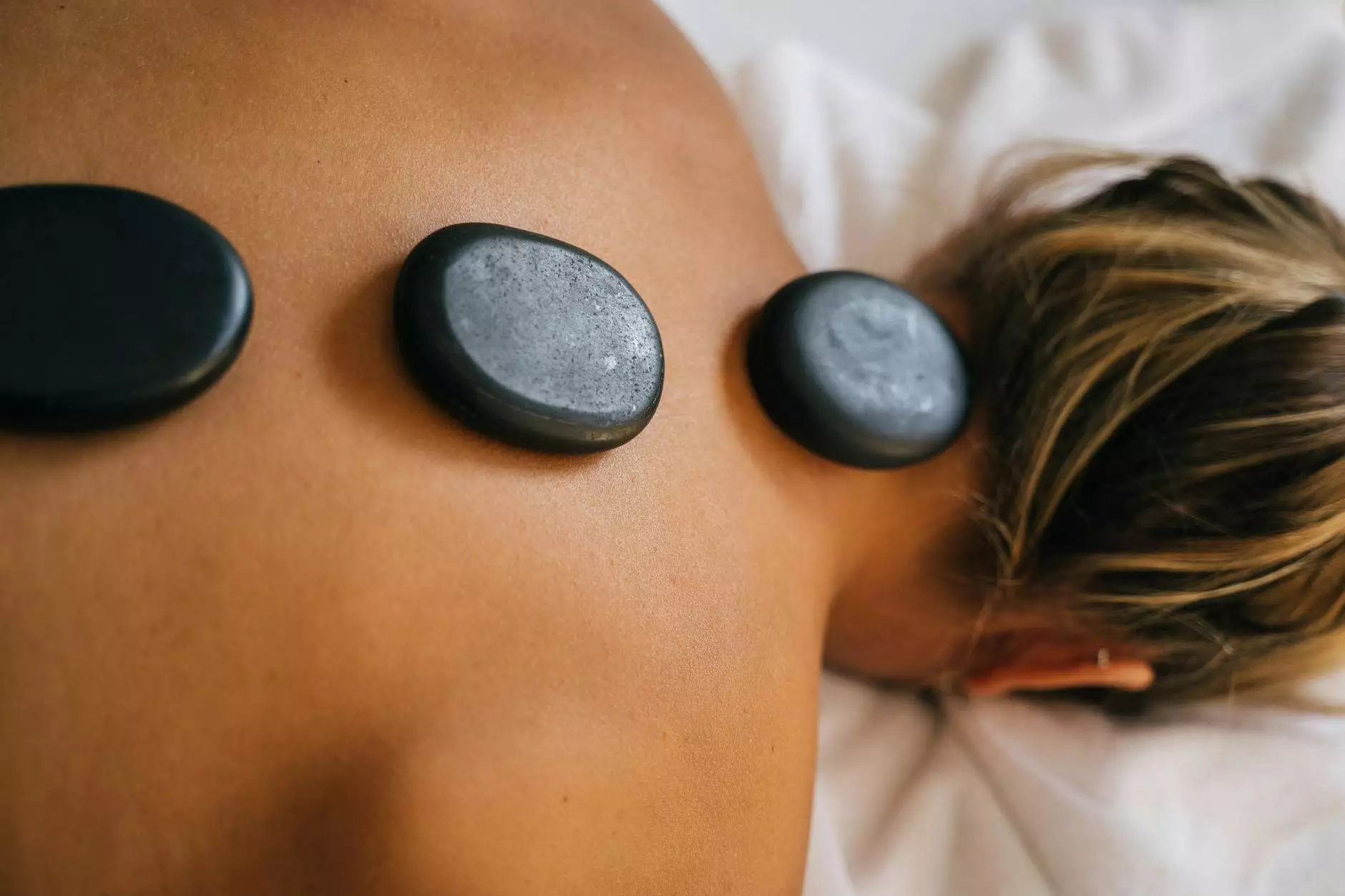Diagnosing Adult Scoliosis: What to Look for and How to Measure the Severity
Spine Health
Understanding Adult Scoliosis
Adult scoliosis is a common spinal condition that affects many individuals. It is characterized by an abnormal sideways curvature of the spine, typically occurring after the age of 18. While scoliosis is commonly associated with adolescents, it can also develop or progress in adulthood, leading to various symptoms and complications.
The Importance of Early Diagnosis
Early diagnosis of adult scoliosis is crucial for effective management and preventing further progression of the condition. If left untreated, scoliosis can cause severe pain, restricted mobility, and even respiratory problems. Therefore, it is essential for individuals to be aware of the signs and symptoms of adult scoliosis and seek professional evaluation.
Identifying Signs and Symptoms
Diagnosing adult scoliosis involves recognizing the various signs and symptoms associated with the condition. Common indicators include:
- Visible curvature of the spine
- Uneven shoulders or hips
- Pain or discomfort in the back
- Muscle weakness
- Numbness or tingling in the extremities
If you experience any of these symptoms, it is important to consult with a qualified healthcare professional for an accurate diagnosis.
Diagnostic Methods and Evaluation
Diagnosing adult scoliosis involves a comprehensive evaluation that may include:
- Medical History: The healthcare professional will review your medical history, including any previous spine-related conditions or injuries.
- Physical Examination: A thorough physical examination will be conducted, specifically assessing the curvature of the spine, flexibility, and range of motion.
- Imaging Tests: X-rays, MRI scans, or CT scans may be ordered to obtain detailed images of the spine and measure the severity of the curvature.
Based on the evaluation, the healthcare professional will determine the severity of your scoliosis and develop an appropriate treatment plan tailored to your specific needs.
Treatment Options
Effective management of adult scoliosis depends on the severity of the condition and its impact on your daily life. Treatment options may include:
- Regular Monitoring: If the curvature is mild and not causing significant symptoms, periodic monitoring and observation may be recommended.
- Physical Therapy: Targeted exercises and stretching routines can help improve muscle strength, posture, and flexibility.
- Chiropractic Care: Chiropractic adjustments and spinal manipulations can provide relief from pain and improve spinal alignment.
- Bracing: In some cases, especially when the curvature is moderate, a brace may be prescribed to prevent further progression.
- Surgery: For severe cases where conservative treatments do not provide sufficient relief, surgery may be considered to correct the curvature and stabilize the spine.
It is crucial to work closely with a healthcare professional specializing in scoliosis management to ensure the most appropriate and effective treatment plan for your individual condition.
Lifestyle Modifications
In addition to medical interventions, certain lifestyle modifications can help improve the management of adult scoliosis:
- Maintaining a Healthy Weight: Excess body weight can put additional strain on the spine, worsening scoliosis symptoms. Maintaining a healthy weight through regular exercise and a balanced diet is beneficial.
- Proper Posture: Practicing good posture, both during daily activities and while sitting or standing for extended periods, can help alleviate discomfort and minimize the progression of the curvature.
- Ergonomic Adjustments: Making ergonomic adjustments at home and work, such as using supportive chairs and ergonomic equipment, can provide added comfort and support for the spine.
- Regular Exercise: Engaging in low-impact exercises, such as swimming or walking, can help strengthen the muscles supporting the spine and improve overall spinal health.
- Stress Management: Stress can contribute to muscle tension and worsen scoliosis symptoms. Adopting stress management techniques, such as meditation or yoga, can help reduce stress levels.
By incorporating these lifestyle modifications into your daily routine, you can improve your quality of life and effectively manage adult scoliosis.
Seek Professional Evaluation for Adult Scoliosis
If you suspect you may have adult scoliosis or are experiencing related symptoms, it is crucial to seek professional evaluation from a trusted healthcare provider. Early diagnosis and proper management are key to preserving spinal health and preventing further complications.
At Back 2 Life Chiropractic, we specialize in diagnosing and treating adult scoliosis. Our experienced team of professionals is dedicated to providing comprehensive care and personalized treatment plans to help patients regain their mobility, alleviate pain, and improve overall well-being. Contact us today to schedule an appointment and take the first step towards a healthier spine.




